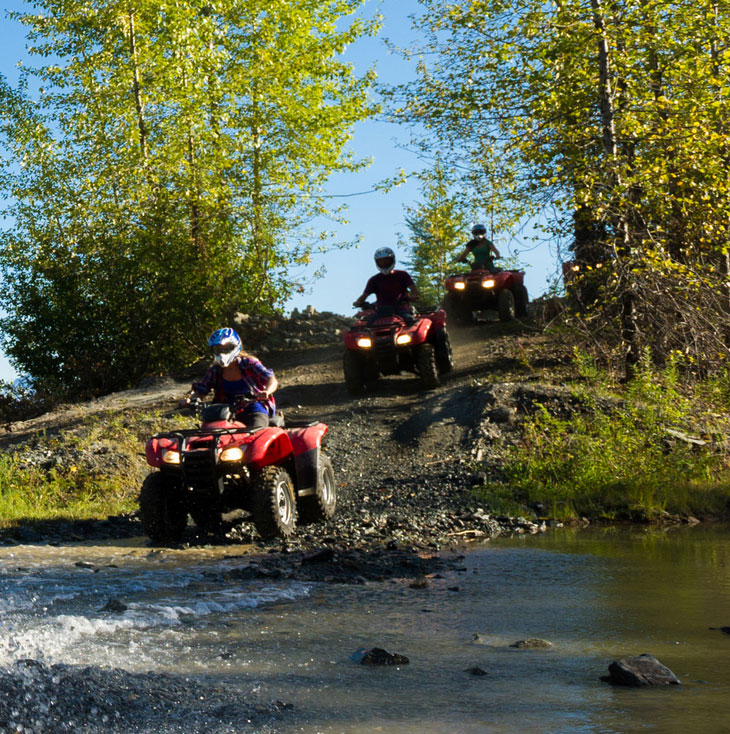Lesson Plans by grade level
Safety tips for ORVs


Resources
- Off-Road Vehicle. Ontario Ministry of Transportation
- All-terrain vehicles. Parachute
- ATV Safety. Ontario Federation of ATV Clubs

Off-road vehicles (ORVs), such as dirt bikes, single-rider all-terrain vehicles (ATVs), two-up ATVs, side-by side ORVs and utility terrain vehicles (UTVs), can be fun and exciting. To make sure that you (and others) stay safe on and around these vehicles, you’ll have to become familiar with some rules and regulations.
Read on for related lesson plans, equipment and safety guidelines and tips for riding.

